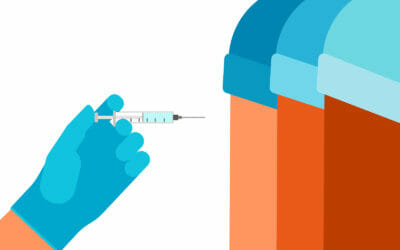
Preventing injuries due to the cold
While taking the time to prepare for the arrival of the colder seasons, you should familiarize yourself with the major health risks associated with outdoor activities during the fall and winter. Make sure to read Part 1 to prepare for cold weather. There are many health risks associated with cold weather and knowing the signs and symptoms and the first aid treatment can save someone’s life in the event of a crisis. The two most common health risks associated with cold weather are hypothermia and frostbite.
Hypothermia occurs when someone’s internal temperature drops below 95 degrees Fahrenheit. It occurs most often when someone has spent a prolonged amount of time in the cold but it can occur in above-freezing temperatures if a person is chilled from rain, sweat, or immersion in cold water. Without proper first aid treatment or medical assistance, hypothermia can kill.
Symptoms of Hypothermia
- Uncontrollable shivering
- Coordination loss
- Confusion
- Slurred speech
- Slow heart rate and breathing
- Unconsciousness
- Get the person to a warm, dry location
- Remove any and all wet clothing
- Warm the victim, starting with the core, by wrapping them in dry blankets
- If the victim is unconscious, perform CPR while warming them
- If necessary, someone can provide extra warmth by entering the blankets with the victim
- Give the victim warm, non-alcoholic beverages only if they are conscious
- Keep the victim wrapped in the blankets after they have warmed
- Seek professional medical care
Frostbite is the freezing of the skin and tissue that results in loss of feeling and color in the affected areas. The extremities, the nose, ears, cheeks, chin, fingers, or toes, are the areas of the body most prone to frostbite. A person is at greater risk of frostbite if they are not properly dressed or have poor blood circulation.
Symptoms of Frostbite
- Pale white, grayish-yellow, or red skin area
- Hard or waxy feeling skin
- Numbness
- Determine if the victim requires treatment for Hypothermia; if yes, give first aid for Hypothermia first
- Keep the victim from walking on frostbitten feet or toes
- Get out of the cold
- Remove wet clothes
- Do not rub the frostbitten area(s)
- Rewarm the affected area(s) gently, with warm water; do not use a direct heat source to rewarm the victim
- Wrap up the affected area(s) to prevent refreezing
- Seek medical attention if blisters develop or if there is still pain
Some people are at greater risk from cold weather illnesses than others. Here are some of the workers who are at risk of having to deal with hypothermia and frostbite during the colder months:
- Construction workers
- Plow Crews
- Truck Drivers
- Surveyors
- Farmers and Ranchers
- Oilfield workers
- Other outdoor workers
To combat the risks, make sure that you properly prepare yourself for spending extended periods of time outdoors during the colder months. Wear appropriate clothing and consider having a heating station set up where you and other workers can warm up. Set the station up in an enclosed space so that you can get out of the cold and the wind and stock the station with warm, non-alcoholic beverages.
With the necessary protection, the dangers of frostbite and hypothermia are lowered but not entirely removed. Monitor yourself and your coworkers for symptoms of both illnesses to keep everyone healthy and safe on the job.
At Nova Medical Centers we specialize in Occupational Health. From our superb services to our convenient electronic systems, we provide instant, personalized care for employees who have suffered work-related injuries.



